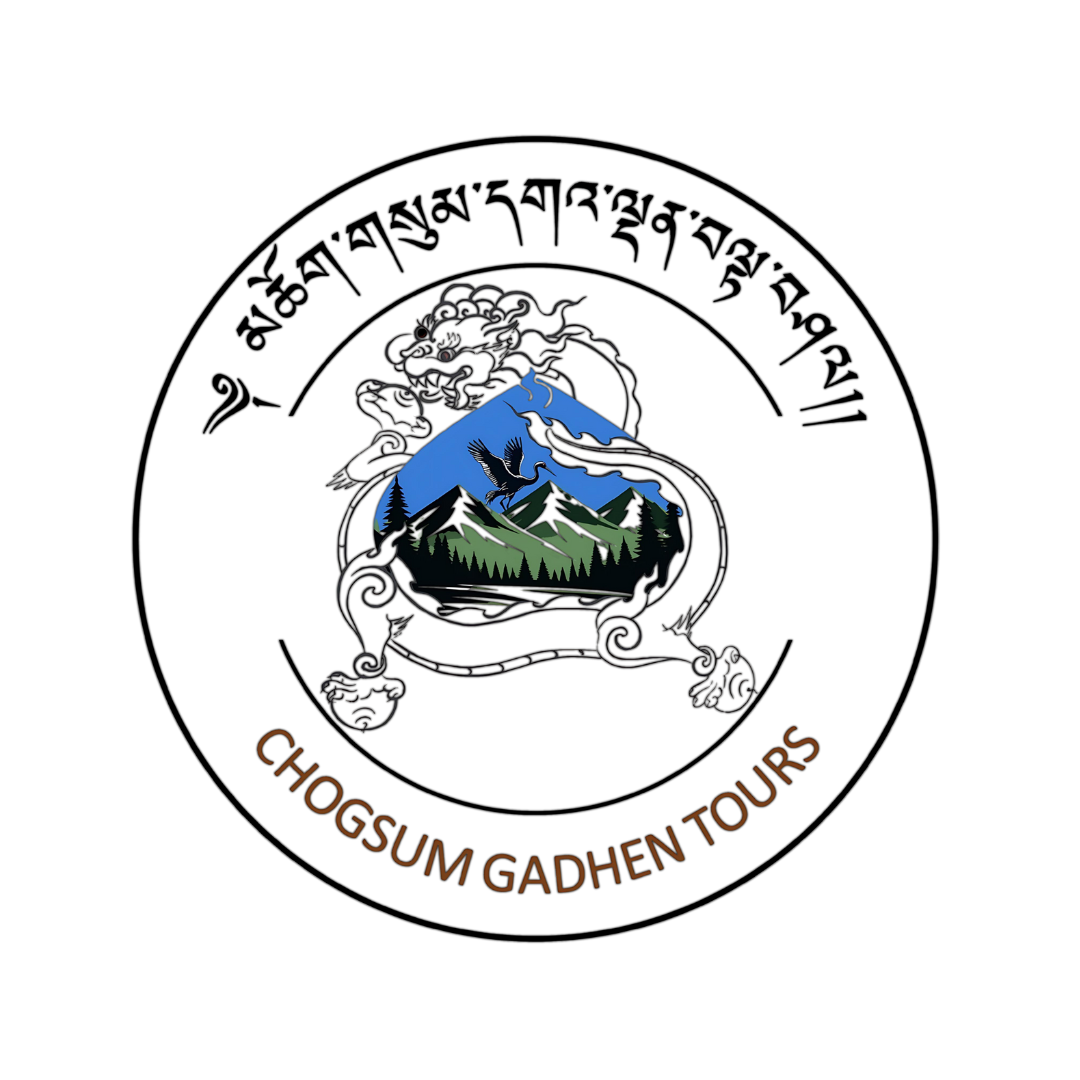Call Us:+975-17615031
The Grand Fortress of Tashichho Dzong: A Symbol of Bhutanese Heritage

Amidst the serene landscapes of Thimphu, Bhutan’s bustling capital, stands a majestic structure that embodies the nation’s spiritual, political, and cultural essence—Tashichho Dzong. Known as the “Fortress of the Glorious Religion,” this architectural marvel is a testament to Bhutan’s rich history and enduring legacy.
A Historical Overview
The origins of Tashichho Dzong date back to the 13th century when it was initially constructed by Lama Gyalwa Lhanapa. However, the original structure suffered extensive damage due to natural disasters and fires. In 1641, Zhabdrung Ngawang Namgyal, the unifier of Bhutan, rebuilt and expanded the dzong, establishing it as the seat of the Druk Desi, the secular ruler, and the monastic body.
Over the centuries, Tashichho Dzong underwent several renovations and expansions, reflecting the changing needs and aspirations of the Bhutanese people. The most significant reconstruction took place in the 1960s under the direction of the third king, Jigme Dorji Wangchuck, who moved the capital from Punakha to Thimphu and restored the dzong to its current grandeur.

Architectural Splendor
Tashichho Dzong is a quintessential example of traditional Bhutanese architecture, characterized by its whitewashed walls, intricately carved wooden windows, and golden-tipped roofs. The fortress is strategically located on the western bank of the Wang Chhu River, surrounded by manicured lawns and vibrant gardens that enhance its majestic presence.
The dzong is divided into two main sections: the administrative offices and the monastic quarters. The central utse, or tower, is the focal point, flanked by various halls and temples that house sacred relics and statues of Buddhist deities. The impressive main courtyard is often filled with the sound of monks chanting prayers, adding to the spiritual ambiance of the fortress.
A Seat of Power and Faith
Tashichho Dzong serves as the throne room and office of the King of Bhutan, making it the political nerve center of the country. It also houses the central monastic body during the summer months, led by the Je Khenpo, the Chief Abbot of Bhutan. This dual function as both a religious and administrative center underscores its significance in Bhutanese society.
The dzong is also the venue for the annual Thimphu Tshechu, one of Bhutan’s most important religious festivals. Held every autumn, the festival features vibrant mask dances, traditional music, and ritualistic performances that attract thousands of Bhutanese and international visitors. The Thimphu Tshechu is a time of celebration, devotion, and community, reflecting the deep spiritual roots of the Bhutanese people.
A Sanctuary of Art and Culture
Inside Tashichho Dzong, visitors can marvel at the exquisite murals and frescoes that adorn the walls, depicting scenes from Buddhist mythology and Bhutanese history. These artworks are not only aesthetically stunning but also serve as a means of preserving and transmitting Bhutan’s cultural heritage to future generations.
The dzong’s construction techniques and materials are also a tribute to Bhutanese craftsmanship. Built without the use of nails or iron bars, Tashichho Dzong exemplifies the ingenuity and skill of Bhutanese artisans. The intricate woodwork, stone masonry, and clay sculpture found within its walls are a source of immense pride for the nation.
An Enduring Legacy
Despite the passage of time, Tashichho Dzong remains a living monument that continues to play a vital role in the spiritual and administrative life of Bhutan. It stands as a symbol of the country’s resilience, unity, and commitment to preserving its unique cultural identity in an ever-changing world.
For visitors, a trip to Tashichho Dzong is a journey through Bhutan’s past and present—a chance to witness the harmonious blend of tradition and modernity that defines this Himalayan kingdom. Whether attending the Thimphu Tshechu, exploring the dzong’s sacred halls, or simply absorbing the tranquil beauty of its surroundings, one cannot help but feel a profound connection to the spirit of Bhutan.
Tashichho Dzong is more than just a fortress; it is the heart and soul of Bhutan, a place where history, culture, and spirituality converge to create a truly extraordinary experience.






